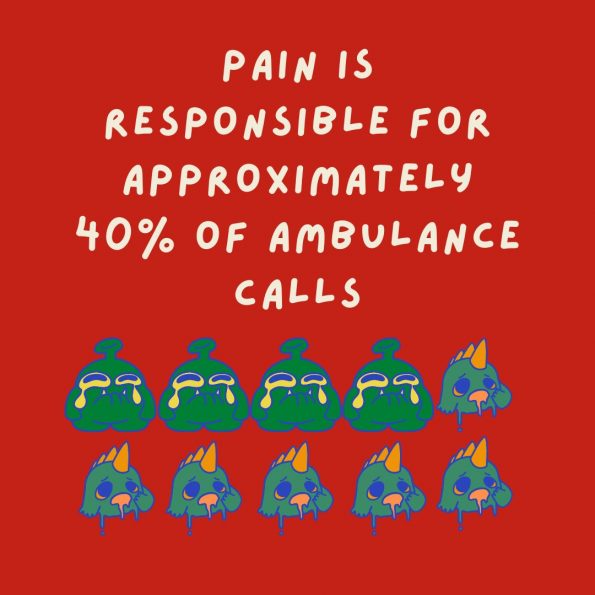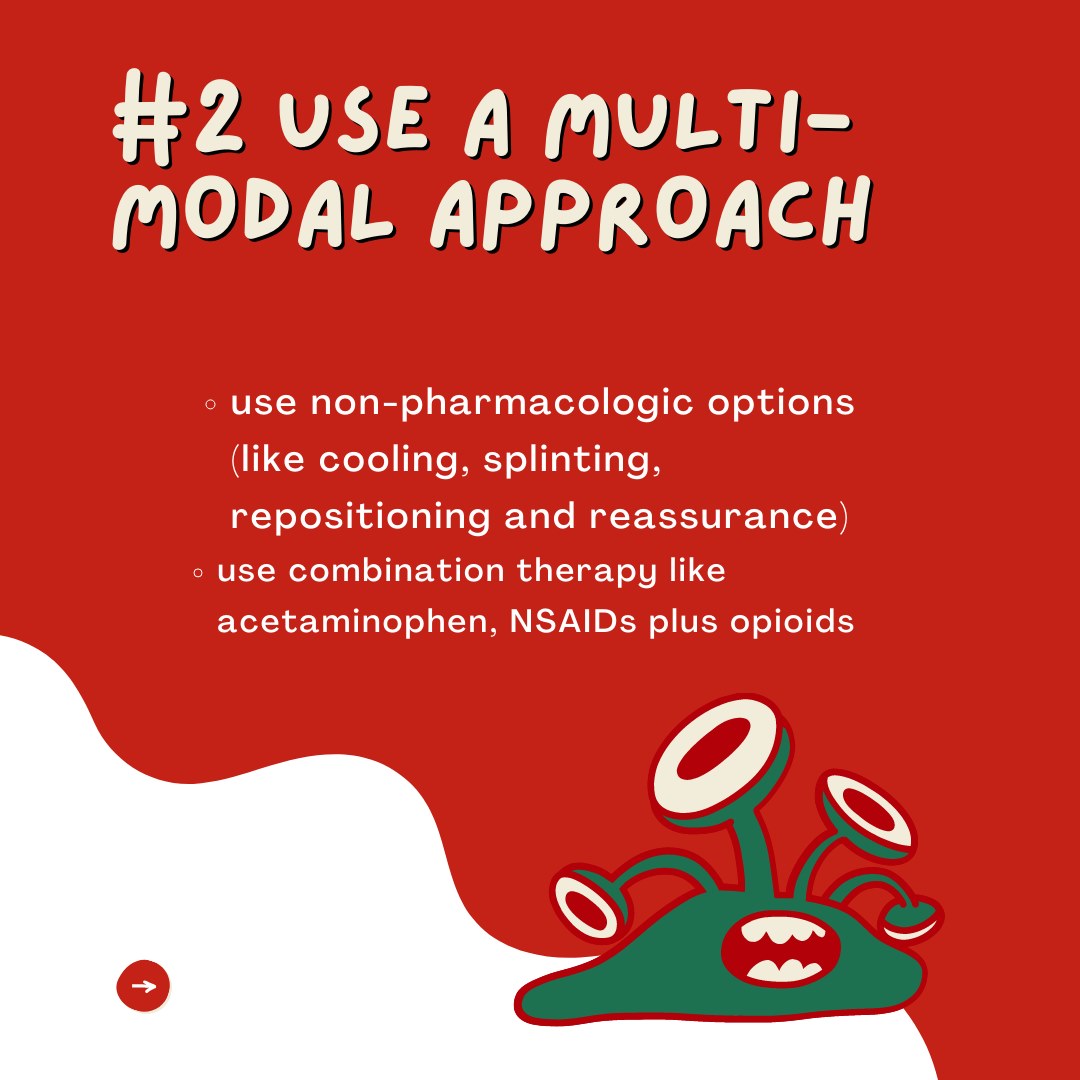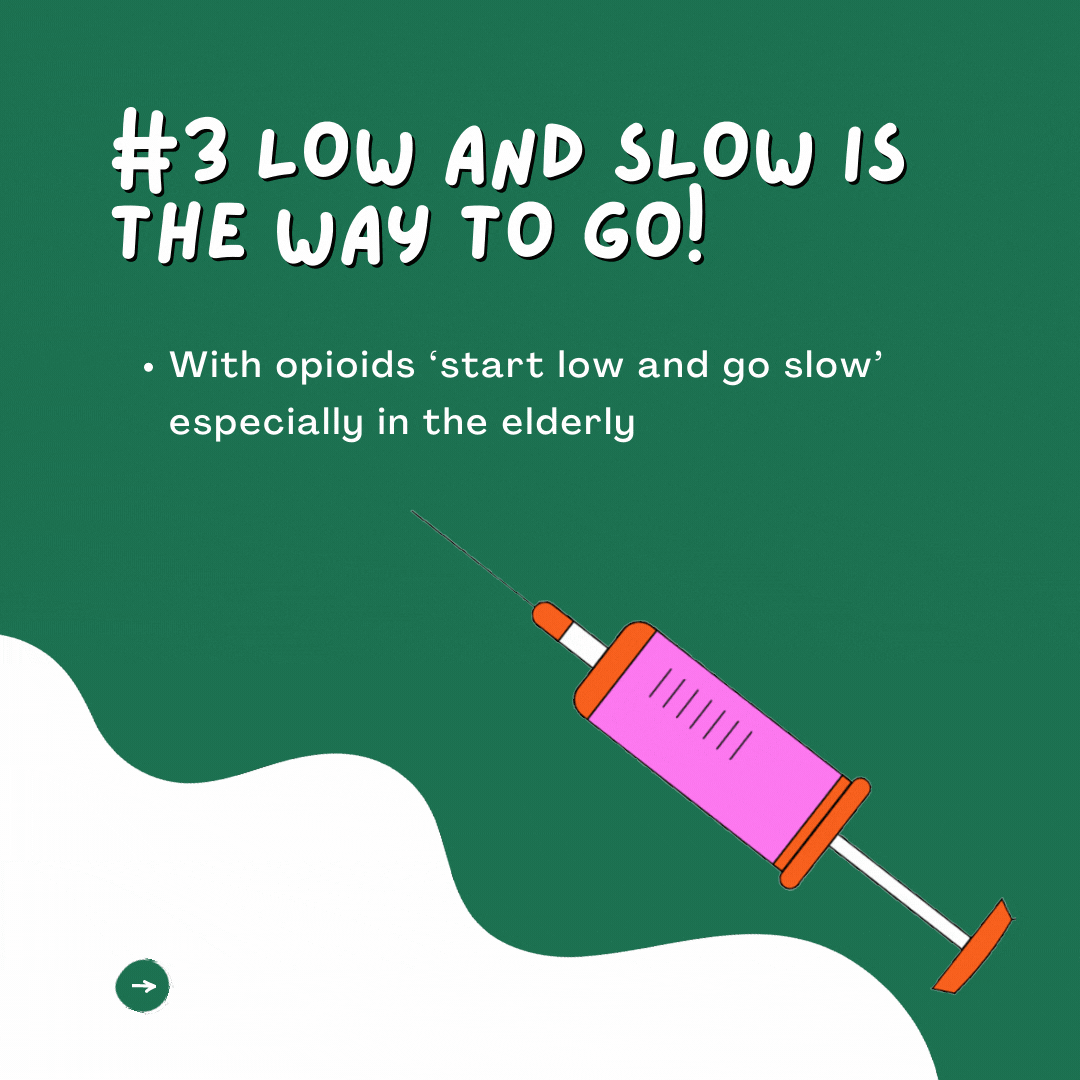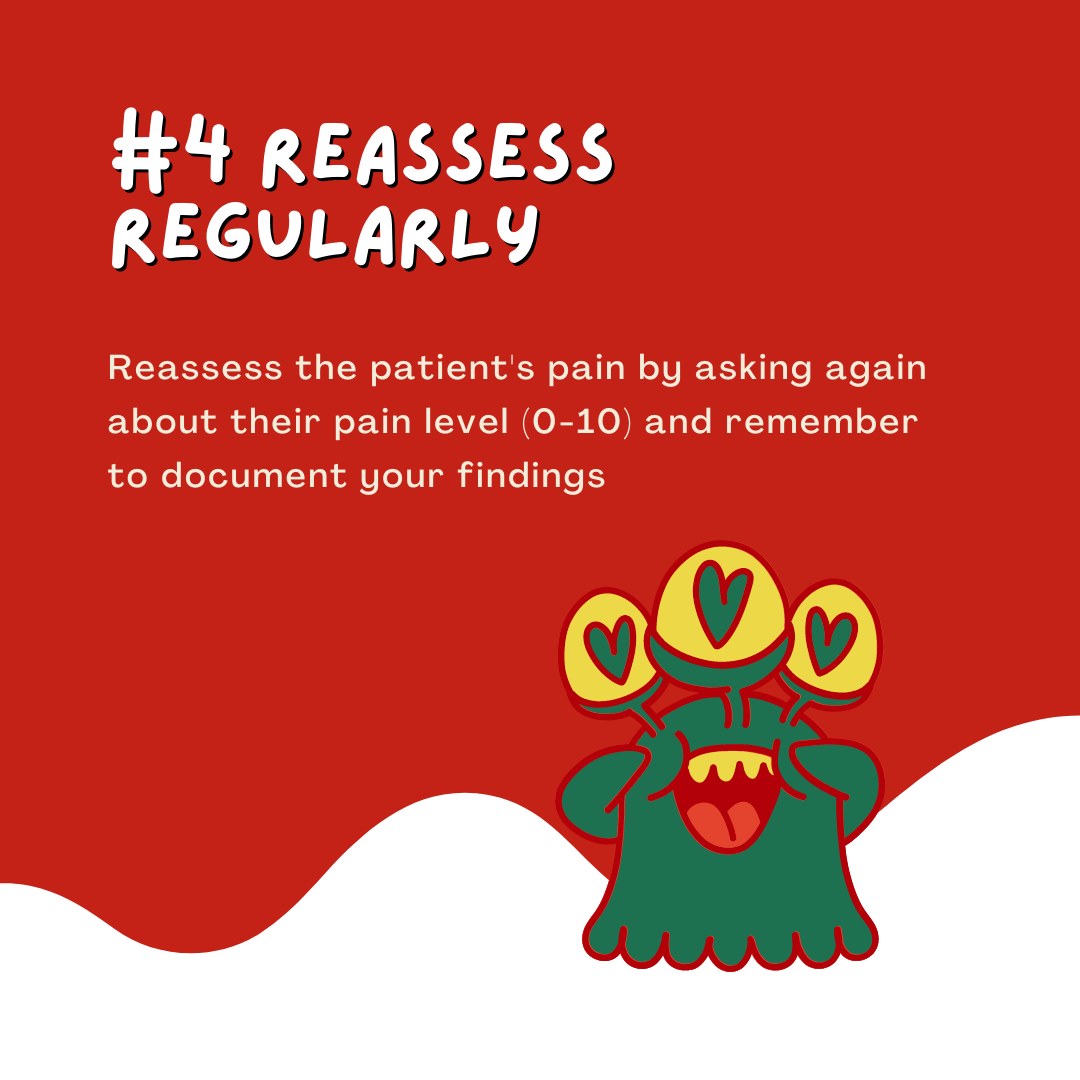Pain – To Treat or Not to Treat, that is NOT the question!

Every day, paramedics respond to patients in pain. Pain is responsible for approximately 40% of ambulance calls (1), making pain and analgesia a hot topic in prehospital medicine. Effective and safe relief of acute pain is not only an important medical treatment; but, since 2004, it has been considered a fundamental human right. Yet, it is often under-treated in prehospital settings (2,3,4). Untreated pain activates the pituitary-adrenal axis, which can suppress the immune system and result in infection and poor wound healing (5). Equally, sympathetic activation can have negative effects on the cardiovascular, gastrointestinal, and renal systems; predisposing patients to adverse events such as cardiac ischemia (5). Inadequate pain management is associated with physiological and psychological stress, which can impact therapy and rehabilitation thereby increasing the risk of developing neuropathic pain which all can result in diminished quality of life of the patient (6).
Simply put, treating pain is important for a multitude of reasons that are not always immediately evident to us.
Pain Types
Pain can be classified as acute (<3 months) or chronic (>3 months). It’s important to remember that patients can present with an “acute on chronic” flare up of their pain and this is as important to treat as acute pain. It may also be classified in broad categories based on the origin of the injury or pain fibers.
-
- Somatic Pain: The body has nocicpetors that originate in the peripheral tissues such as skin, bone and muscle and allow more specific ability to localize the source.
- Visceral Pain: On the other hand, visceral painoriginates in internal organs. These nociceptors are activated by actual tissue damage, or in the absence of damage, by pressure and stretch of the organ. Visceral pain is not well localized and frequently is referred to another area of the body. This is due to somatic fibers in a separate anatomic location intermingling with visceral fibers and stimulating the somatic fibers, thus causing pain to be felt in the undamaged somatic region.
- Neuropathic Pain: Occurs with damage to a peripheral nerve, dorsal root, or anywhere in the central nervous system (CNS). If pain is present, it is described as sharp or shooting pain found along the distribution of that nerve. Because the nerve itself is injured, it can continue to be activated abnormally, producing a hyper-excitable state within the CNS. Patients may have persistent or paroxysmal pain even in the absence of a painful stimulus.
Barriers to Pain Management
Numerous factors can contribute to inadequate analgesia including fear of masking diagnostic symptoms, difficulty in assessing the intensity of pain, reluctance to administer opioids to patients without objective signs of injury, concerns of contributing to opioid addiction, as well as the side effects associated with certain analgesic therapy. Pain is a major complain of patients who call prehospital emergency care, however few receive appropriate analgesia. Significant deficiencies in prehospital management have been described, such as the need for adequate pain assessment (including verbal numeric scores), and timely administration of analgesia (7,8).
And so for your first take home point … Despite the above barriers, it is imperative that you …
Approach to Analgesia
With so many different options for analgesia out there, where should we start? Let’s take you through a few steps.
NSAIDS work well. But, remember to evaluate the risk of bleeding & nephropathy versus the benefit of their use. These risks increase as we get older.
So, why is this important? To ensure a safe patient approach to care, paramedics need to be experts regarding the tools that are in their tool kit. And therefore, a thorough understanding of NSAIDs is required.
Since inflammation plays an important role in the nociceptive pathway, non-steroidal anti- inflammatory drugs (NSAIDs) are an important part of the multimodal approach to analgesia. Pain itself can also reciprocally fuel the inflammatory state – so-called neurogenic inflammation. Neurogenic inflammation can itself produce the same physiologic effects as direct tissue injury. When tissues are disrupted, some of the phospholipid bilayer of the membrane is converted to arachidonic acid. The cyclooxygenase enzyme then converts arachidonic acid into prostaglandin, necessary for transduction of noxious stimuli to the nociceptor as well as neurosensitization of painful stimuli and subsequent hyperalgesia.
NSAIDS (examples include ibuprofen, ketorolac and aspirin) non-selectively block both COX-1 and COX-2. COX-1 and COX-2, have different physiologic effects. Products of COX-1 affect both platelet function (bleed risk) and the gastric mucosal barrier (bleeding risk). It’s COX-2 that affects pain as well as the inflammatory cascade. As such, NSAIDS produce analgesia, but also have potential adverse effects including coagulopathy, gastric ulceration and nephropathy (damage to kidneys by afferent arteriole constriction to kidney blood flow supplying the kidneys).
Unfortunately, the hope that selective COX-2 inhibitors would produce analgesia alone has not been supported by clinical data, and several of these compounds have been removed from use due to increased incidence of myocardial infarctions and cerebrovascular accidents.
Acetaminophen is effective and safe. It should be offered to all patients requiring analgesia, in combination with NSAIDs and opioids and/or alone.
Acetaminophen is not an NSAID. It relieves pain by acting on the CNS and has less side effects than NSAIDs. Therefore, it’s a good safe choice as a pain reliever in any combination. Acetaminophen and NSAIDS remain a valuable adjunct to opioids in the treatment of acute pain and can reduce opioid requirements by up to 50%.
So what can you do?
Management of pain has been linked to improved patient satisfaction, improved clinical outcomes, reduced number of clinical complications and an overall reduction in costs. The acute pain process can be targeted at several critical junctures with different modalities. Traditionally, opioids played the major role in the management of pain. The paradigm is shifting to not only using opioids but using a multimodal (non-pharmacological and pharmacological) approach to analgesia (examples: splinting, repositioning, reassurance, acetaminophen and ibuprofen plus opioid). Therefore, if possible, use a combination of analgesia. Furthermore, when using opioids, the key is to ‘start low and go slow’ to ensure a safe approach and reduce any adverse events and side effects.
By decreasing the overall intensity of pain perceived by the patient, less overall pain medications are used resulting in an overall reduction in undesirable side effects. Quality of care and patient outcomes are directly tied the ability to effectively treat pain. It’s important to remember to reassess pain often, as initial analgesia provided may not be sufficient.
Summary
Pain is common in the prehospital setting. Acute pain derives from the combined effects of stimulated nociceptors, local inflammation, systemic stress response mediators, and psychological factors. No single treatment will intervene to treat each factor; rather, a combination of modalities should be utilized to reduce pain perception. Because of individual variation, acute pain management plans should be tailored for the needs of each patient. Continued monitoring of your patients’ response to your interventions is key to ensure a patient-centred approach to care. This includes good documentation of verbal numeric pain scores (0-10). The use of splinting, repositioning and reassurance should be continued with other modalities such as acetaminophen, NSAIDs and opioids in order to optimize pain relief. Ultimately, the patient with improved acute pain management yields increased satisfaction, decreased risk of chronic pain, and decreased overall morbidity.

References
- Galinski M, Ruscev M, Gonzalez G, et al. Prevalence and Management of Acute Pain in Prehospital Emergency Medicine. Prehospital Emerg Care. 2010;14(3):334-339. doi:10.3109/10903121003760218
- Brennan F, Carr DB, Cousins M. Pain management: A fundamental human right. Anesth Analg. 2007;105(1):205-221. doi:10.1213/01.ane.0000268145.52345.55
- Berben SAA, Meijs THJM, van Dongen RTM, et al. Pain prevalence and pain relief in trauma patients in the Accident & Emergency department.Injury. 2008;39(5):578-585. doi:10.1016/ J.INJURY.2007.04.013
- Berben SAA, Schoonhoven L, Meijs THJM, Van Vugt AB, Van Grunsven PM. Prevalence and relief of pain in trauma patients in emergency medical services. Clin J Pain. 2011;27(7):587-592. doi:10.1097/AJP.0B013E3182169036
- Wells N, Pasero C, McCaffery M. Improving the Quality of Care Through Pain Assessment and Management. Patient Saf Qual An Evidence-Based Handb Nurses. 2008. https://www.ncbi.nlm.nih.gov/books/ NBK2658/. Accessed November 2, 2021.
- Keene DD, Rea WE, Aldington D. Acute pain management in trauma. Trauma. 2011;13(3):167-179. doi:10.1177/1460408611400813
- Jovey RD Ennis J Gardner-Nix J et al. Use of opioid analgesics for the treatment of chronic noncancer pain—A consensus statement and guidelines from the Canadian Pain Society, 2002. Pain Res Manage 2003; 8 (suppl A): 3A–28A.
- The use of opioids for the treatment of chronic pain. A consensus statement from the American Academy of Pain Medicine and the American Pain Society. Clin J Pain 1997; 13 (1): 6 – 8.






Trackbacks/Pingbacks